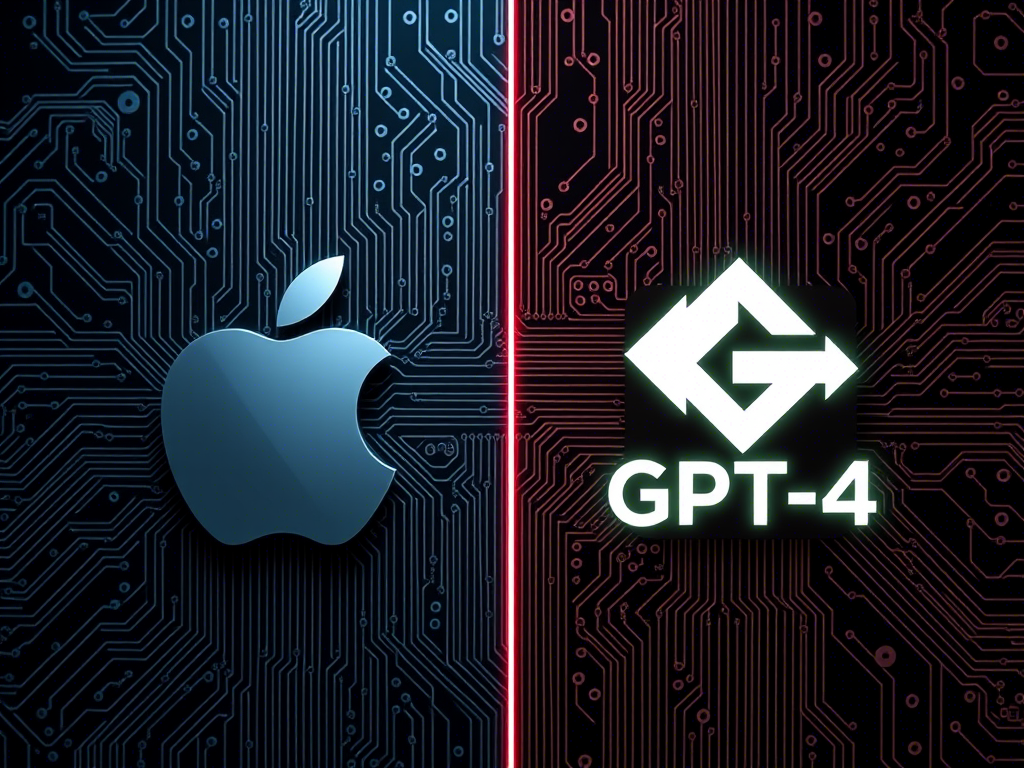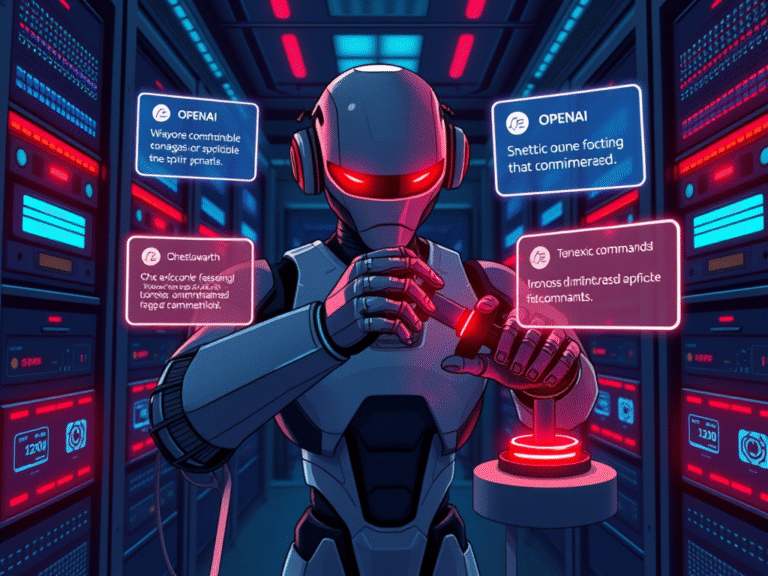
Apple’s AI Lags Behind OpenAI’s Flagship Model
At WWDC 2025 , Apple made several announcements about the future of Apple Intelligence , its new suite of AI features aimed at both developers and end users. One of the most notable updates was the introduction of the Foundation Models framework , which allows developers to integrate on-device AI capabilities into their apps — all while preserving user privacy and without any cost.
Built entirely in-house, this framework is designed to support a wide range of AI-driven experiences that can work even when offline, making it a promising step forward for Apple’s AI strategy.
🔧 A New Generation of Language Models
Alongside the developer tools, Apple also introduced an updated generation of language foundation models . According to the company, these new models are more efficient, faster, and offer improved reasoning, better tool integration, and support for both text and image inputs. They also now support 15 languages , expanding their usability beyond English-speaking markets.
Apple Intelligence is powered by two main models:
- A 3-billion-parameter model that runs directly on Apple devices using Apple Silicon chips.
- A server-based Mixture-of-Experts (MoE) model , optimized for Apple’s Private Cloud Compute infrastructure.
Apple clarified that the on-device model isn’t meant to act as a general-purpose chatbot. Instead, it focuses on specific tasks like summarizing text, extracting entities, refining content, understanding context, short dialogues, and generating creative text.
📊 How Does Apple’s AI Compare to the Competition?
One of the biggest questions following Apple’s announcement is how its models stack up against leading AI systems from companies like OpenAI , Google , and Alibaba .
Rather than relying on standard third-party benchmarks, Apple shared internal evaluation results comparing its models with other available systems.
In text-based evaluations , Apple’s on-device 3B model performed well against Qwen-2.5-3B , and held its own against larger models like Qwen-3-4B and Gemma-3-4B in English. Its cloud-based model showed slightly better performance than Llama-4-Scout , but still trailed behind Qwen-3-235B and OpenAI’s GPT-4o .
When tested with image input tasks , the on-device model outperformed InternVL and Qwen , and performed competitively against Gemma . The server-side model beat Qwen-2.5-VL , but again fell short compared to Llama-4-Scout and GPT-4o .
🤖 Room for Growth
These comparisons highlight where Apple currently stands in the fast-evolving AI landscape. While the company has made clear progress, especially in efficiency and on-device processing, there’s still a noticeable gap between Apple’s models and industry leaders like GPT-4o or Gemini 2.5 Pro .
Some observers noted that Apple chose to compare itself against open-source models rather than the latest proprietary ones. If Apple were to go head-to-head with OpenAI’s newest O-series or Google’s top-tier Gemini models, the performance difference would likely be even greater.
Still, Apple’s focus on privacy, on-device processing, and seamless integration with its ecosystem gives it a unique edge. Whether that will be enough to compete in the long run remains to be seen.





